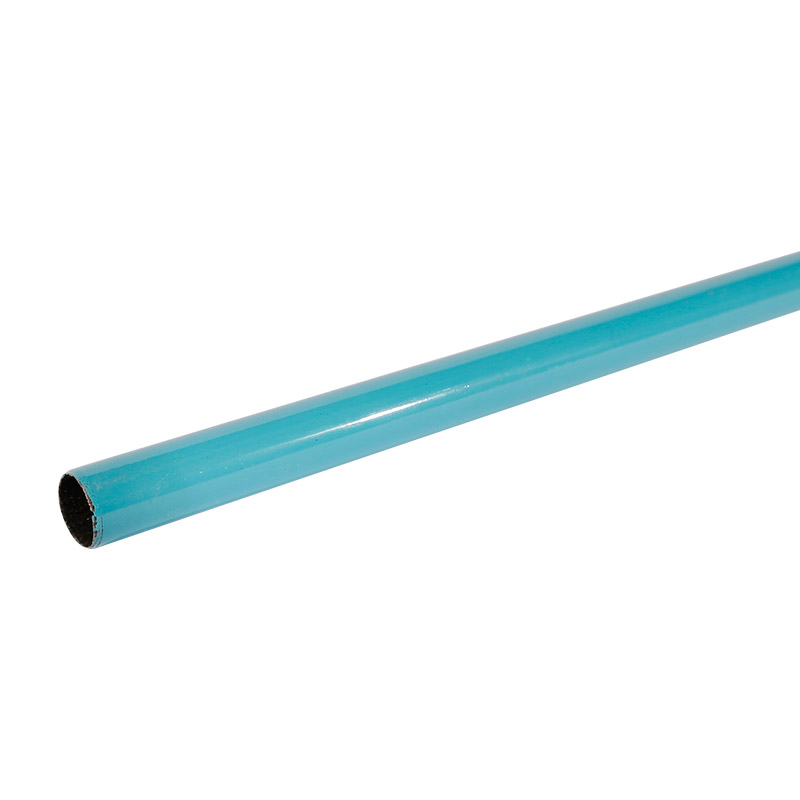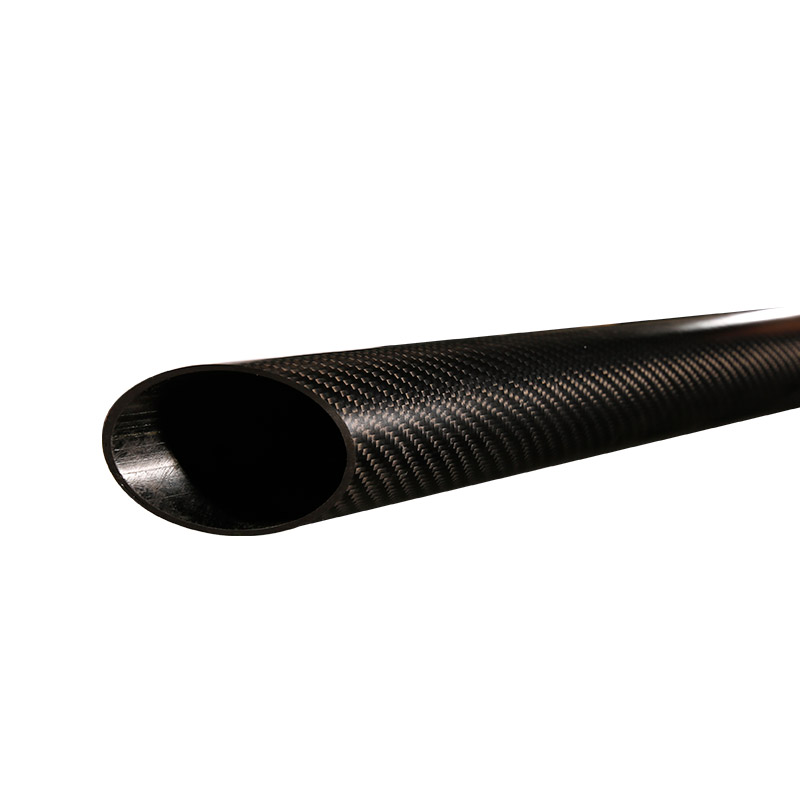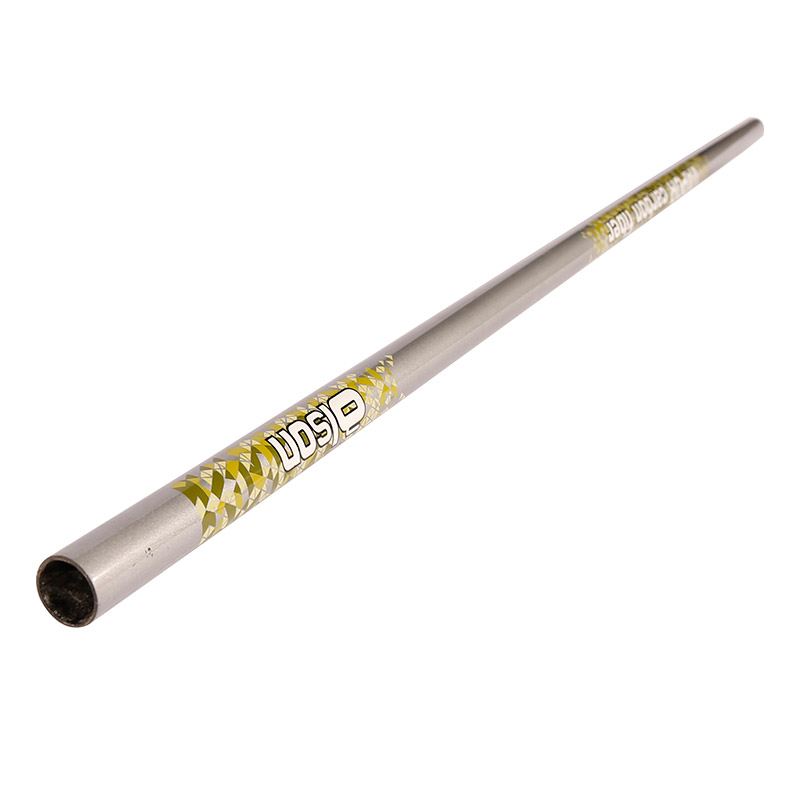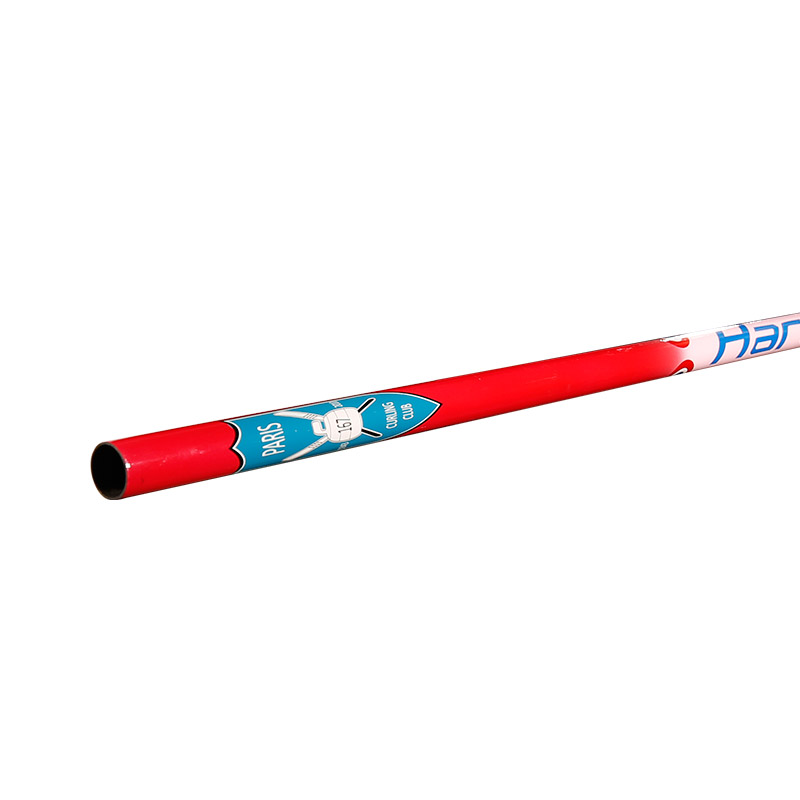Summary:Compared to aluminum, carbon fiber tube is lighter. It also has excellent strength properties. Carbon fiber tube is used in many industries such as automotive, aerospace, and electronics. It has a high resistance to chemicals and salts. It is also co......
Compared to aluminum, carbon fiber tube is lighter. It also has excellent strength properties. Carbon fiber tube is used in many industries such as automotive, aerospace, and electronics. It has a high resistance to chemicals and salts. It is also corrosion resistant.
Carbon fiber tube can be manufactured in different shapes. They can be tapered, rounded, or flat. The common shapes are square or circular.
Carbon fiber tube can be manufactured by three main processes. They are roll-wrap, pultrusion, and filament winding. Each of these processes has its own advantages and disadvantages.
Pultrusion is the cost effective way to manufacture continuous composite profiles. In pultrusion, a pre-impregnated carbon fiber material is wrapped around a mandrel. The mandrel is affixed to a die. The experts pull the carbon or fiberglass fiber through the heated die. The material is then impregnated with epoxy resin. This process results in a tube with little hoop strength and a greater amount of tension. However, this process also has the disadvantage of creating a more brittle product.
Roll wrapping is the second method used to manufacture carbon fiber tubes. The process starts with a precision-machined mandrel. The mandrel firmly affixed to the die side ensures that the material is shaped during the curing process.
The roll wrapping process is a good option for small run tubing. However, it can be challenging to customize the length of a tube. The length restriction is generally due to transportation. The process is also highly energy-intensive.










